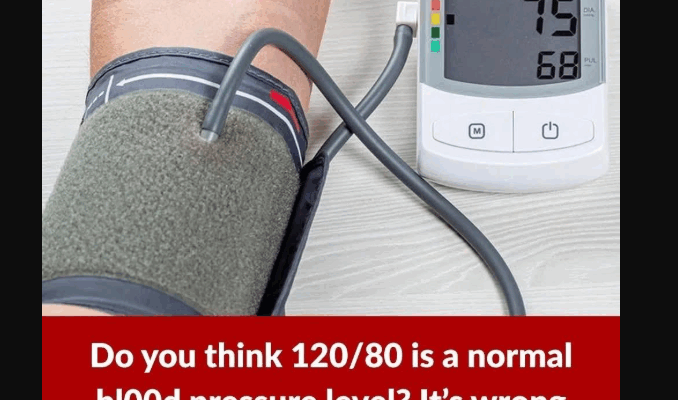Blood pressure is a key health indicator, and new guidelines from the AHA and ACC now define hypertension as 130/80 mm Hg or higher for all adults, replacing the older threshold of 140/90.
This change is based on the 2017 SPRINT study, which found that lowering systolic pressure to 120 mm Hg reduced the risk of heart attacks, strokes, and heart failure. The category of prehypertension was removed and replaced with “elevated” and “Stage 1 hypertension.”
The goal of the new guidelines is early detection and prevention, especially since high blood pressure often goes unnoticed. However, treatment still depends on individual circumstances.
For many, lifestyle changes like diet, exercise, and weight loss remain the first step. Medication is typically recommended for those with Stage 1 hypertension who have a history of heart issues or a high 10-year risk. Older adults may now fall into the hypertensive range, but treatment decisions should be personalized.
Home monitoring is encouraged to help manage blood pressure, using proper techniques for accurate results. Overall, the updated guidelines aim to reduce cardiovascular risks through earlier intervention while emphasizing individualized care.
